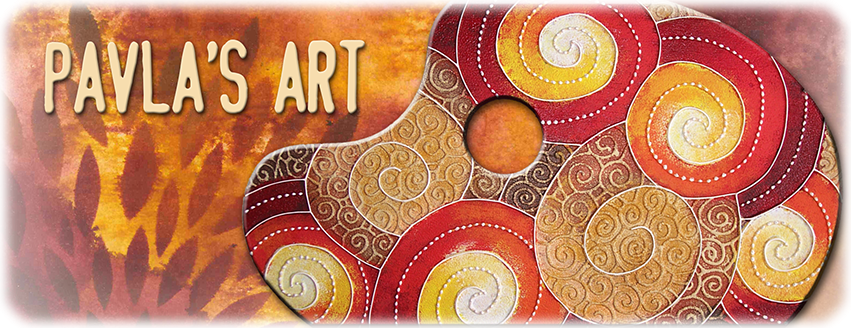Making gelli tapes is my favourite Gelli
Plate technique. It was actually the reason why I bought the plate.
These are some of my tapes – washi
tape addict’s dream!
Unlike the “regular” techniques,
this one works backwards. Normally, the first layer you put on the plate ends up
being the top layer on the paper. Here, what you see is what you get – so you
can add layers upon layers till you’re satisfied with the result.
The only rule is to WAIT. You need
to wait till one layer dries on the plate (no, don’t panic, it won't hurt your plate!). If you don’t
wait, you will lift the paint from the plate.
You can use stencils, masks, you
can even stamp on your plate, paint with a brush, pretty much anything - but always
remember, the surface you are working on has to be completely DRY.
[and... this is important - don’t
use your heat gun!!! just wait patiently]
Here is one example of the process:
And here is another:
Once you’re satisfied with the
result, take a regular adhesive tape and start sticking it to the plate, one
strip next to another. Use your bone folder or a brayer to remove any bubbles
and smooth the tape properly.
[note on tapes: the tapes come in various widths, or even in big sheets]
Then, start peeling the tape off.
If some of the paint remains on the plate, just stick the tape back on, brayer it,
and then continue removing it.
[this is also a nice trick to
remove paint from your dirty gelli plate]
The back of the tape may remain a bit
tacky so you can stick it on something right away. Or you can apply a bit of
Perfect Pearls or some glitter – it will then shine through at the front. I
usually store my tapes for future use so I prefer to go over it with some
medium to stop it from sticking.
So, now you have your drawer full
of tapes and you are thinking what to do with them. I like to use them with my regular washi tapes to create backgrounds.
If you have wider tapes or if you
made the whole sheet, you can run it through your die-cutting machine. Here, I die-cut
some leaves.
Or, you can make your own Project
Life cards.

































